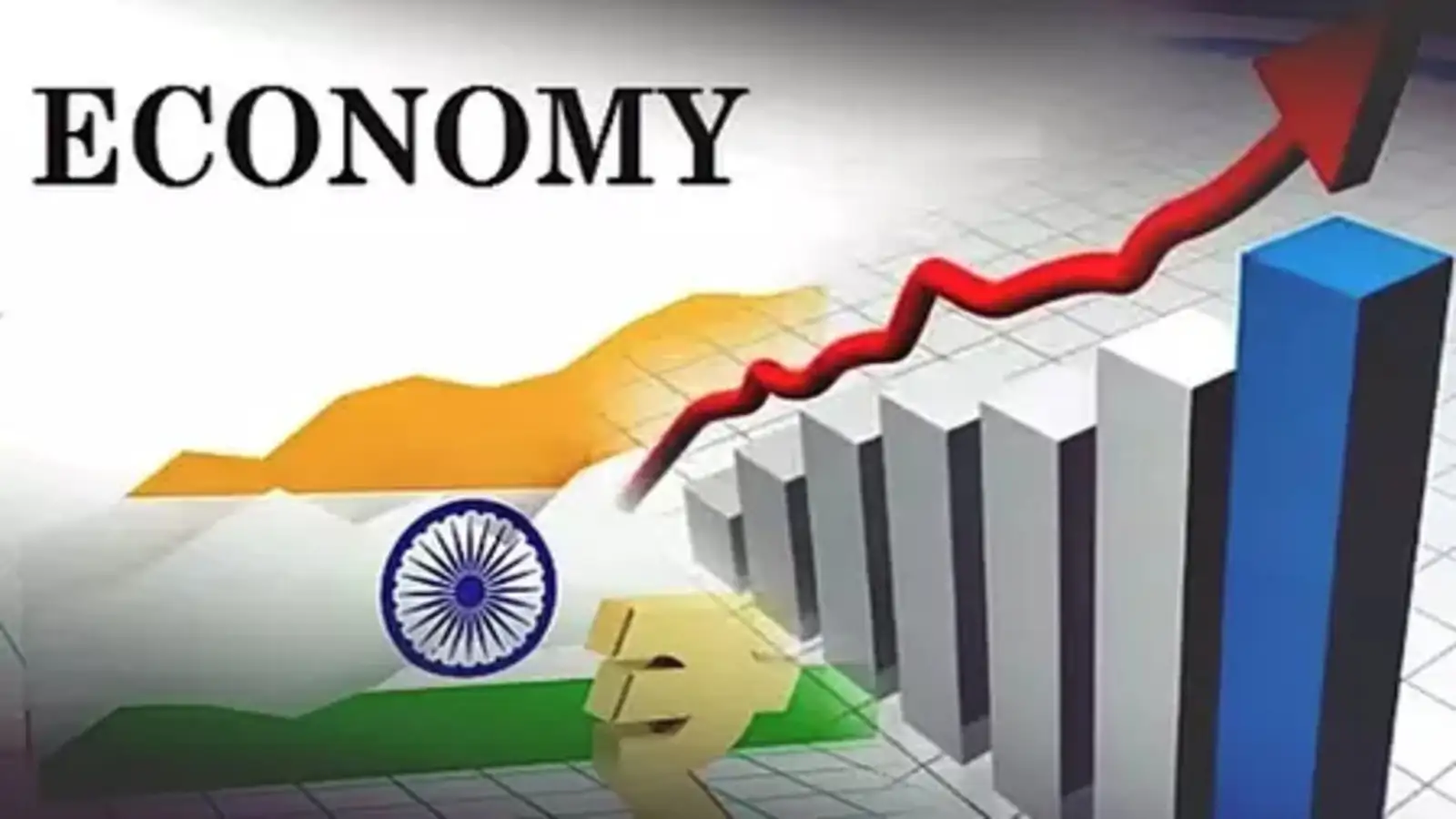India Becomes the 4th Largest Economy in the World: A Defining Moment in Global History
In a monumental achievement, India has officially overtaken Japan to become the 4th largest economy in the world as of 2025. This isn’t just a numerical victory — it’s a reflection of India’s resilience, reform-driven governance, and transformative growth over the past two decades.
From a developing economy to a global powerhouse, India’s rise is capturing the world’s attention. In this article, we dive into the key drivers of India’s economic growth, the impact on global rankings, and answer the most relevant questions surrounding this milestone.
India’s Journey to Becoming the 4th Largest Economy
India’s transformation has been nothing short of extraordinary. Here’s how the country carved its path to global economic prominence:
Key Growth Factors:
Thriving IT and service sectors: India’s digital revolution and software exports have made it a global tech hub.
‘Make in India’ & manufacturing boom: A focus on domestic production and exports has strengthened the industrial base.
Demographic dividend: A youthful population is driving consumption, innovation, and entrepreneurship.
Policy reforms & digital infrastructure: Initiatives like Digital India, GST, UPI, and Startup India have empowered millions.
Global GDP Rankings 2025: India Rises to #4
| Rank | Country | Estimated GDP (USD Trillions) |
|---|---|---|
| 1 | United States | 26.5 |
| 2 | China | 18.8 |
| 3 | Germany | 5.1 |
| 4 | India | 4.1 |
| 5 | Japan | 4.0 |
Source: International Monetary Fund (IMF), 2025
This milestone puts India in an elite league, ahead of traditional economic giants like Japan and the United Kingdom.
Q&A: Everything You Need to Know About India’s Economic Rise
Q1: What contributed the most to India becoming the 4th largest economy?
A: India’s growth has been driven by a combination of tech innovation, industrial expansion, foreign investment, government reform, and financial inclusion. Initiatives like Digital India, Make in India, and a thriving startup ecosystem have played critical roles.
Q2: Will India become the 3rd largest economy soon?
A: Yes. Leading economists and institutions project that India will surpass Germany by 2027, making it the 3rd largest economy globally, provided current trends continue.
Q3: What does this mean for Indian citizens?
A: India’s rising economic status is likely to:
Create more job opportunities
Raise incomes and purchasing power
Improve infrastructure, healthcare, and education
Boost confidence in Indian startups and small businesses
Q4: What challenges still exist for India?
A: Despite its progress, India still faces:
Persistent income inequality
Unemployment and underemployment
Rural-urban development gaps
Need for better public healthcare and education systems
What the Future Holds
Becoming the 4th largest economy is not just about numbers. It reflects decades of policy consistency, entrepreneurial spirit, and digital transformation. As the world’s attention turns to India, the country stands on the brink of becoming a leading voice in global economic and political affairs.
India is expected to become the fastest-growing major economy over the next five years, and its influence in global trade, innovation, and sustainability is only set to grow.
Final Thoughts
India’s rise to the 4th spot in global GDP rankings marks a pivotal moment in the 21st century. It is a signal to investors, innovators, and global powers that India is not just participating in the global economy — it’s leading it.
For entrepreneurs, policy makers, and citizens alike, this is not the end — it’s the beginning of a new economic era.
